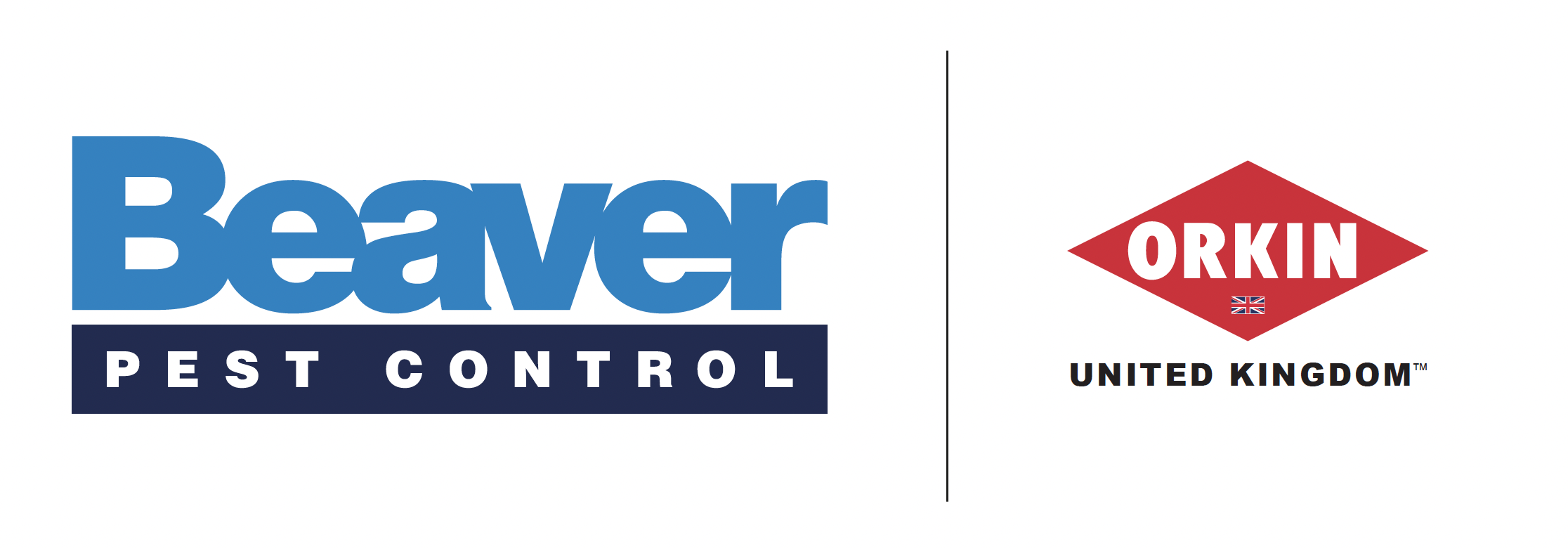SUSTAINABLE
PEST CONTROL
PRACTICES
IPM
Integrated Pest Management uses a risk hierarchy to provide sustainable pest control services.
- Reduces the use of chemicals
- Long-term-solutions
- Innovative Proofing
- Customer Focused
IERDC
Beaver's own implementation of IPM with additional benefits to our customers.
- 33% reduction in toxic bait
- Up-skilling of technicians
- Sustainable Practices
- Innovative Techniques
EURO 6
Euro 6 is the latest set of standards introduced by the European Commission to reduce harmful pollutants.
- 32 vans in our fleet
- Reducing pollution
- Full Euro 6 fleet by Dec 21
- Reduced Van use in cities
FOOT TECHS
We hire local techs that perform their job without a van to reduce pollution in city centres like London.
- Reduction in pollution
- Efficient work routing
- Foot tech areas expanding
- Fast response time
RISK HIERARCHY

Cultural
Cultural controls are practices that reduce the establishment, reproduction, dispersal, and survival of pests. Housekeeping is a very important part of pest control as it removes food and water sources.
Physical
Mechanical and physical controls kill a pest directly, block pests out, or makes the environment unsuitable for it. Traps for rodents are examples of mechanical control.

Biological
Biological control is the use of natural enemies: predators, pheromones, and non-toxic methods to control pests and their damage.

Chemical
Chemical control is the use of pesticides and rodenticides. In IPM, chemicals are used only when needed and in combination with other approaches for more effective, long-term control.
IERDC
Beaver has embedded the IPM practices and added inspection and communication to ensure our customers not only understand why it is important to use these sustainable practices but also receive the best possible service.

Inspection
In line with the CRRU guidance, ensuring a thorough survey is carried out is essential. This will determine the appropriate treatment.

EXCLUSION
The number one most efficient pest control procedure is to keep the pests out in the first place. Physical controls block pests from entering through proofing.

Restriction
Restricting the sources of food, water and harbourage will make the premises less appealing for pests and can be an effective way to prevent re-infestation.

DESTRUCTION
Destruction does not necessarily mean baits, the CRRU risk hierarchy should be used to identify the least harmful way to go about this.

Communication
At every stage of IERDC, we communicate our actions and decisions with the customers to help them understand how to support sustainable pest control.
EURO 6
FULL EURO 6 FLEET
We have committed to changing our full fleet of 32 vans to Euro 6 by Dec 2021.
The aim of Euro 6 is to reduce levels of harmful car and van exhaust emissions, both in petrol and diesel cars. This includes nitrogen oxide (NOx), carbon monoxide (CO), Hydrocarbons (THC and NMHC) and particulate matter(PM), which is basically soot from diesel cars. The knock-on effect of reducing these pollutants can also mean improved fuel economy and lower CO2 emissions.
FOOT TECHS
GREEN ZONES
Our first Green Zone was SW17, our home. We have a Central London Green Zone where pest control is carried out by seven-foot technicians covering SW1, W1, WC, SE1 and The City. All travel is either by foot or using public transport. Equipment and materials are stored at our Central London stores, reducing the need for our vehicles to enter Central London.
EXPANSION
We are now in the process of expanding the green zone to W2, W8, W14 and SW5. The higher route density we can achieve in these areas, the faster we can expand our green zone across Greater London.
PROOFING
All of our foot technicians are now level 1 trained in proofing and carry with them a supply of proofing materials in order to carry out on-the-spot proofing. This has further reduced the use of vans within London as more proofing jobs can be carried out by the foot technicians.
GREEN CREDENTIALS


